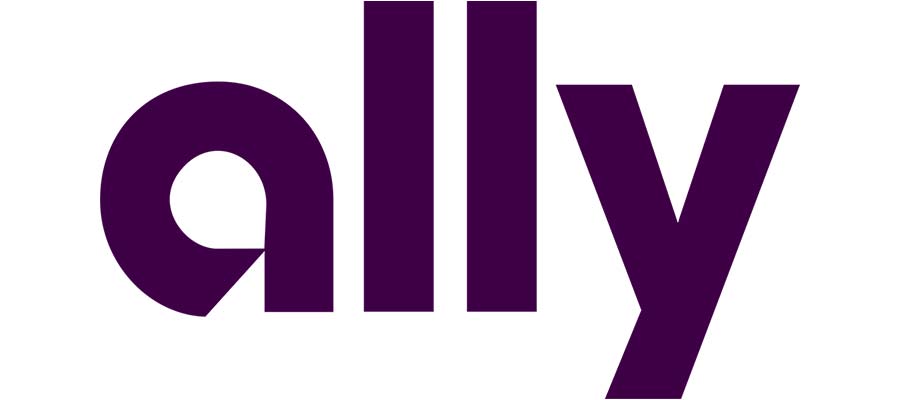Moving money between bank accounts is simple once you know your options. Whether you’re shifting funds between your own accounts or sending money to someone else, there are fast, secure ways to get it done.

From traditional methods like wire transfers and checks to digital tools like Zelle and ACH, each option has pros and cons depending on speed, fees, and convenience. This guide breaks down everything you need to know to make your transfer smooth and stress-free.
Internal vs. External Transfers: What’s the difference?
An internal transfer happens between two accounts at the same bank. This could be moving money from checking to savings or paying off a credit card from your checking account. These transfers are usually instant and free.
An external transfer moves money between accounts at different banks. For example, transferring money from your Wells Fargo account to a Capital One account. These take longer to process and may involve fees depending on the method you choose.
What You Need to Transfer Money Between Bank Accounts
Before you send money, make sure everything is ready. That includes having access to both accounts, choosing the right method, and knowing how long the transfer might take.
Whether you’re moving money between your own accounts or sending it to someone else, the process starts the same way: link the accounts and choose how you want to send the funds.
Let’s walk through the steps.
Step 1: Set Up and Link Your Accounts
Before sending money, make sure the accounts are ready. This is especially important if you’re transferring between different banks.
Accounts at the Same Bank
If both accounts are at the same financial institution, you can usually transfer money instantly with no setup required. Most banks already link your checking, savings, and even loan accounts automatically. Just log in and choose where the money should go.
Linking External Bank Accounts Online or in Person
To move money between accounts at different banks, you’ll need to link the accounts. Here’s how to do it:
Online or Mobile App:
- Log in to your online banking or mobile app.
- Go to the “Transfers” or “External Accounts” section.
- Enter the routing number and account number for the other bank account.
- Confirm small test deposits that will be sent within a couple of days.
In Person or by Phone:
- Visit a local branch or call your bank’s customer service.
- Provide the account and routing numbers for the external account.
- The bank representative will walk you through any verification steps.
Once your accounts are linked, you can start moving money between them.
Step 2: Choose a Transfer Method
Each transfer method has different fees, speed, and use cases. Choose the one that fits your needs.
ACH Transfers
An ACH transfer moves money electronically between banks using the Automated Clearing House network. It’s one of the most common ways to transfer money.
- Speed: 1–3 business days
- Cost: Usually free or low cost
- Best for: Scheduled transfers, paying bills, moving money between your own accounts
Wire Transfers
Wire transfers are faster than ACH, but wire transfer fees are typically higher. They’re often used for large or urgent transactions.
- Speed: Same day for domestic, up to 3–5 days for international
- Cost: $10–$35 depending on the bank
- Best for: Urgent transfers or sending large amounts
Bank-to-Bank Transfers
Some banks offer their own external transfer service to move money between accounts at different institutions.
- Speed: 1–3 business days
- Cost: Often free or low cost
- Best for: Moving money between your own accounts
Checks and Cashier’s Checks
You can still use paper checks to transfer money. It’s slower, but it works if you prefer offline methods.
- Speed: A few business days depending on mail and deposit timing
- Cost: Personal checks are free; cashier’s checks cost around $10
- Best for: Transferring without online access or when a physical record is preferred
See also: How to Get a Cashier’s Check
Peer-to-Peer Apps
Peer-to-peer apps like Venmo, Zelle, and PayPal are great for fast, casual transfers—especially to friends and family.
- Speed: Instant to a few days
- Cost: Usually free unless using a credit card or requesting instant transfers
- Best for: Quick transfers to others, including across banks
See also: The 9 Cheapest Ways to Send Money Online
Step 3: Complete the Transfer
Once you’ve chosen your method, here’s how to complete the process:
- Log in to your online or mobile banking app.
- Choose “Transfers,” “Send Money,” or the relevant feature.
- Select the sending and receiving accounts.
- Enter the transfer amount and any notes or scheduling details.
- Review the information and confirm the transfer.
For peer-to-peer apps, you’ll follow a similar process inside the app, including selecting contacts and verifying accounts.
Be sure to keep an eye on your accounts to confirm the transfer goes through and to catch any errors quickly.
Pros & Cons of Each Transfer Method
Each transfer method has its strengths and trade-offs. Here’s how they stack up:
ACH Transfers
- Pros: Free or low cost, reliable, works with most banks
- Cons: Slower than other methods, not ideal for international transfers
Wire Transfers
- Pros: Fast, works for international transfers, good for large amounts
- Cons: High fees, not reversible, limited support for some account types
Bank-to-Bank Transfers
- Pros: Simple to use, often free, works well for your own accounts
- Cons: Not ideal for sending money to someone else at another bank
Checks and Cashier’s Checks
- Pros: No need for online banking, widely accepted
- Cons: Slow, risk of being lost or stolen, may require a fee
Peer-to-Peer Apps (Venmo, Zelle, PayPal, etc.)
- Pros: Fast, easy, good for sending small amounts
- Cons: May have fees, daily limits, not always good for large or business transfers

How long do bank transfers take?
Transfer speed depends on the method you choose:
- ACH transfers: Usually 1–3 business days, but some banks offer same-day ACH for a fee or under certain conditions
- Wire transfers: Domestic wires typically process the same day if sent before the bank’s cutoff time; international wires can take 3–5 business days
- Bank-to-bank transfers: 1–3 business days, sometimes same-day if between accounts at the same bank
- Checks: 2–5 business days to clear, depending on the banks involved
- Cashier’s checks: Often clear within one business day
- Peer-to-peer apps: Zelle is usually instant; Venmo and PayPal can be instant or take 1–3 days, depending on transfer settings
Weekends and bank holidays can delay all types of transfers.
See also: Which Banks Use Zelle? (Full List of Banks & Credit Unions)
How much do bank transfers cost?
Costs can vary widely depending on how you transfer the money:
- ACH transfers: Usually free, though some banks charge $1–$3 for expedited or same-day ACH
- Wire transfers: Around $10–$35 for domestic, $35–$50+ for international
- Bank-to-bank transfers: Usually free for internal transfers; external ones may have small fees
- Checks: Personal checks are usually free; cashier’s checks cost around $10
- Peer-to-peer apps: Free for standard transfers; instant transfers may cost around 1.5% of the amount
Always check with your bank or app to confirm fees before sending money.
How to Keep Your Transfers Safe and Secure
Money transfers are generally safe, but mistakes and fraud can still happen. Here’s how to reduce the risk:
- Double-check account numbers: One wrong digit can send your money to the wrong place
- Use secure networks: Never transfer money over public Wi-Fi
- Enable two-factor authentication: Add an extra layer of security to your banking apps
- Watch for scams: Be cautious with unknown contacts or suspicious requests
- Monitor your account: Check that the transfer went through and look for any unauthorized activity
If you spot something wrong, contact your bank immediately.
Tips for Faster, Easier Transfers
Want to save time and avoid headaches? These tips can help:
- Transfer early in the day: Most banks have cutoff times for same-day processing
- Avoid weekends and holidays: Transfers won’t move until the next business day
- Use same-bank transfers when possible: They’re often instant and free
- Set up recurring transfers: Automate savings, bills, or loan payments to stay on track
- Keep your accounts linked: Once linked, future transfers take just a few taps
- Turn on banking alerts: Get notified when a transfer goes through, when a large withdrawal happens, or if there’s unusual activity. Bank alerts help you catch issues quickly and keep track of your money in real time.
A little prep work goes a long way toward smoother transactions.
Final Thoughts
Transferring money between bank accounts is easier than ever, thanks to online banking and mobile apps. Whether you’re sending funds to yourself or someone else, there’s a method that fits your timeline, budget, and comfort level.
Before you send money, make sure your accounts are linked, double-check the details, and choose the option that makes the most sense. A little planning can help you avoid delays, fees, and headaches.




